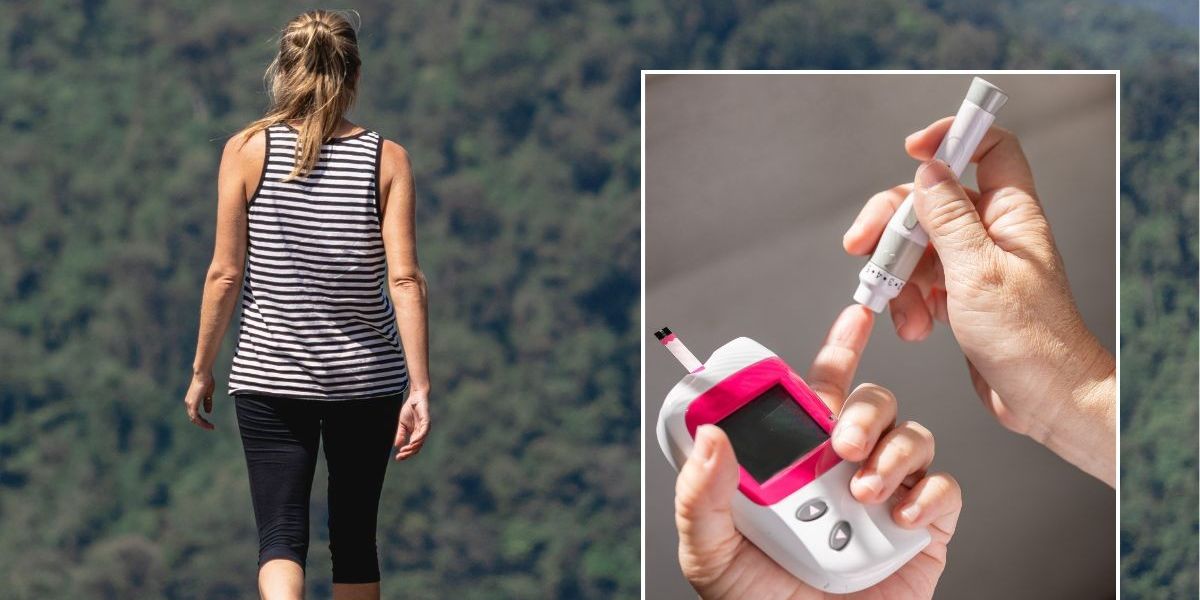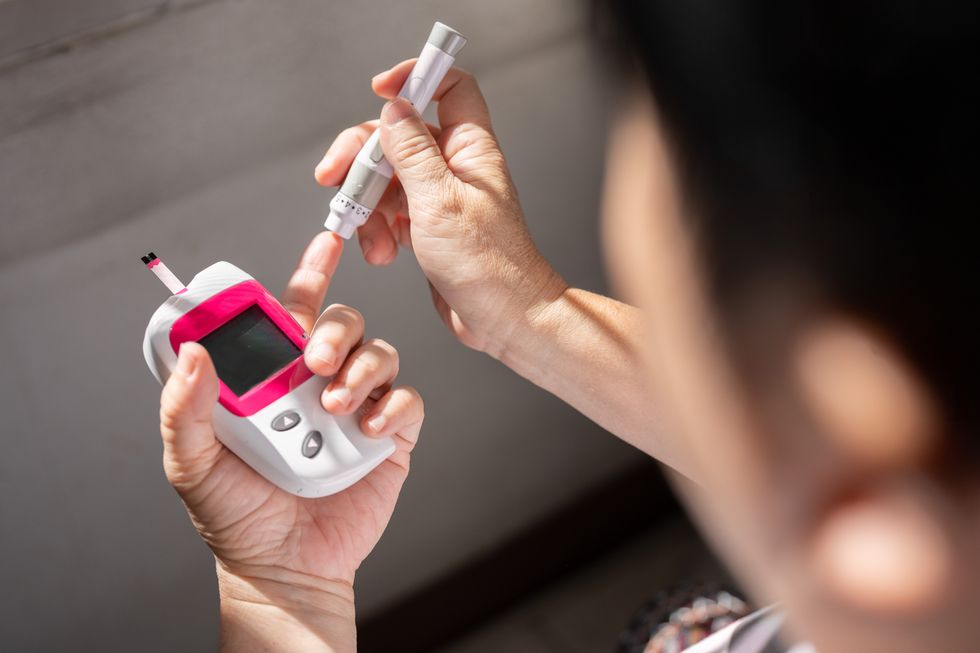



A brief 10-minute walk taken immediately after eating proves more effective at controlling blood sugar spikes than the commonly recommended 30-minute walk taken later, new research has revealed.
A study, published in Scientific Reports, found that the timing and duration of post-meal exercise could offer a more practical approach to managing glucose levels.
Researchers at Ritsumeikan University found that while both walking protocols improved blood sugar control compared to resting, the immediate 10-minute walk uniquely reduced peak glucose levels to 164.3 mg/dL, compared to 181.9 mg/dL when resting, representing a significant reduction.
The randomised trial involved 12 healthy young adults who completed three test conditions in random order.

Exercise immediately after eating may prevent a typical glucose spike
GETTY
Each participant consumed a 75-gram glucose solution before either resting, walking for 10 minutes immediately, or walking for 30 minutes starting half an hour later.
Participants walked at their own comfortable pace, averaging 3.8 km/h on a treadmill. Blood glucose levels were measured every 10 minutes for two hours using fingertip samples.
The 30-minute delayed walk showed no significant reduction in peak glucose levels at 175.8 mg/dL compared to the control condition.
Both walking protocols reduced the overall glucose area under the curve compared to resting, but participants rated the immediate 10-minute walk significantly easier than the longer alternative.
Heart rates increased during both walking sessions but showed no significant differences between conditions.
The timing proved crucial, as exercise immediately after eating prevented the typical glucose spike that peaks between 30 and 60 minutes post-meal.
The 30-minute delayed walk, beginning when glucose levels were already elevated, failed to significantly reduce peak levels.
The findings align with Japan's "Plus Ten" health initiative, which encourages small daily activity increases.

Exercise immediately after eating prevents early glucose spikes
GETTY
Researchers note that starting exercise immediately after eating prevents early glucose spikes, offering clinical relevance for cardiovascular risk management.
Whilst the study focused on healthy young adults, evidence from other research suggests benefits may extend to older adults and those with metabolic risks.
The protocol's simplicity and minimal digestive discomfort make it feasible for busy lifestyles.
Future research should test this approach with mixed meals rather than glucose drinks and include diverse populations, particularly those with glucose intolerance.
